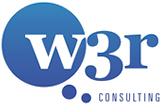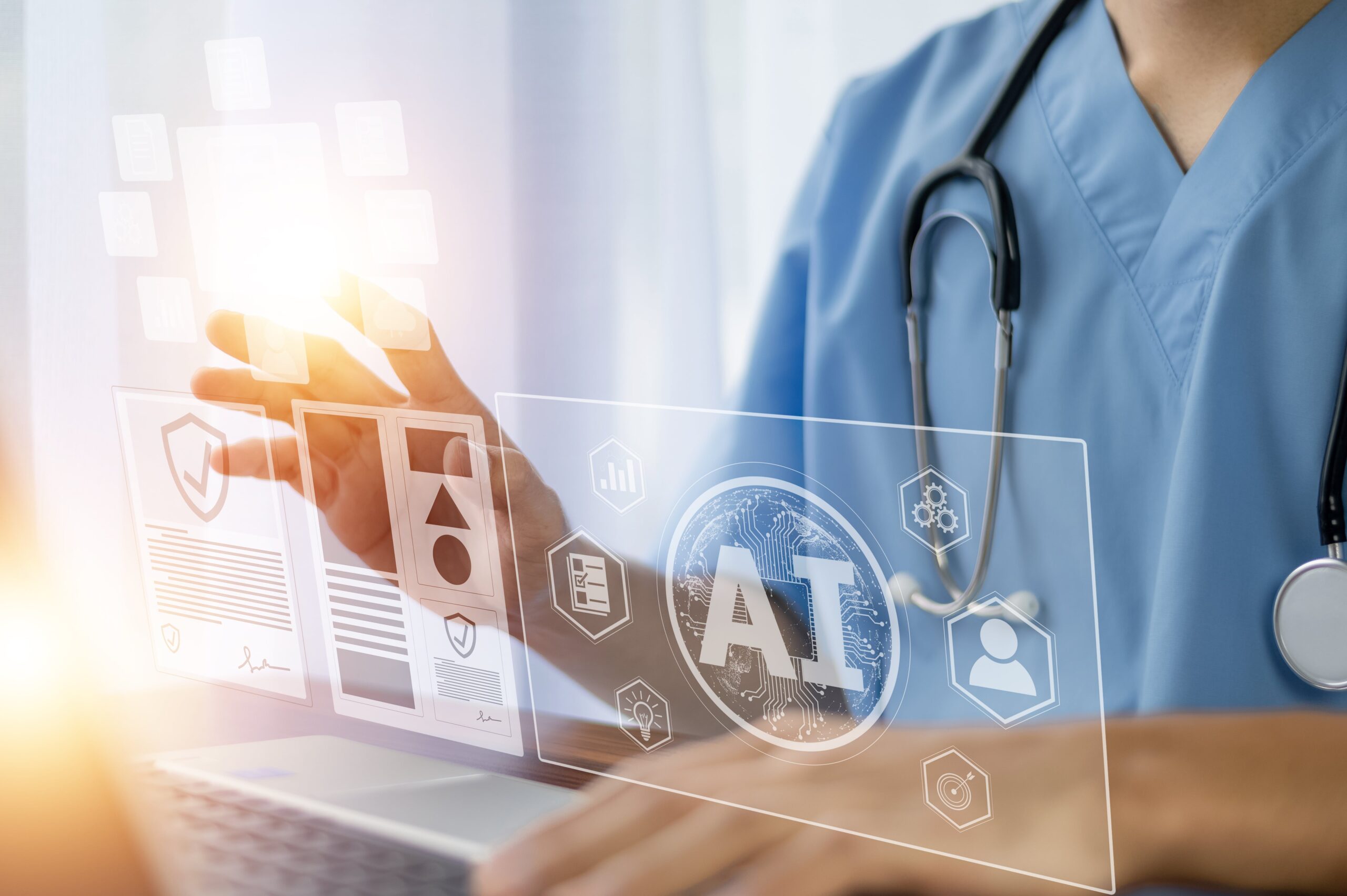How can you make the most of clinicians’ time and talents? It’s not a new question for healthcare leaders, but right now it feels particularly urgent. Now, financial pressures and funding losses are even putting healthcare providers with stable talent pipelines into a bind.
There’s a need to prevent clinician burnout and attrition while maintaining quality care outcomes. AI might be part of the solution.
Artificial intelligence in healthcare has long been discussed as a way to improve inpatient care and preventative medicine. In the past, we’ve highlighted predictions and use cases for enhanced medical diagnoses, preventative healthcare, and even better healthcare payments. Improvements in large language models are creating even more opportunities for generative AI in healthcare to upgrade care quality without exhausting clinicians or risking HIPAA noncompliance.
So, what are some ways generative AI can boost productivity in healthcare settings? Here are some examples of how providers can use these AI tools to enhance productivity, accuracy, and employee retention.
Looking for a cost-effective way to harness more AI capabilities?
Explore our offshore AI solutions
AI-Powered Digital Assistants
Accurate and complete notetaking used to be one of the most time-consuming elements of a clinician’s day. Even with the efficiency of EHR systems, healthcare professionals still spent considerable time recording information. A 2017 study published in The Annals of Family Medicine found clinicians spent 5.9 hours of each 11.4-hour workday in their EHR (44.2% on clerical and administrative tasks). Now, generative AI can reduce that data-logging overload and give clinicians time back in their days.
We first started to see tools like Oracle Clinical Digital Assistant automating the notetaking process. Now, the market has mushroomed with well-funded AI healthcare documentation startups.
Generative AI platforms allow clinicians to record a patient’s information and responses in real-time, turning streaming audio into structured notes through natural language processing and language learning model techniques. Many of these tools promise to prompt clinicians on follow-up questions to ask as they’re conducting intake or examinations.
After patient visits, clinicians can (and should) review and update the auto-populated notes. To make these systems even more efficient, healthcare professionals can offer additional context or fix errors by typing or voice editing the AI observations before submitting the validated updates to the official EHR systems. As a result, clinicians not only save time and boost productivity, but they keep inaccuracies to a minimum.
Patient Communication
What is care without comprehension? Language barriers can prevent patients from communicating their ailments, understanding treatment regimens, or voicing their concerns. Only when clinicians and patients can chat about the nuances of care, pharmaceuticals, therapeutics, and treatment plans will there be equity in quality care.
What about existing translation methods? Medical interpreters can communicate complex ideas in people’s native tongues, but offering language support can be a pricy option. Though translating tools aren’t new, AI can make real-time audio translation a reality. Better still, DeepL, an AI translation solution, gained HIPAA compliance earlier this year. Tools like this can increase the speed of multilingual conversation while keeping patient data secure.
Neural networks and machine learning algorithms have been trained on a multitude of languages to help to convey critical messages in the moment. Clinicians can interact in live scenarios across languages, building relationships and asking follow-up questions that get to the bottom of patients’ concerns. Plus, generative AI can provide patients with detailed directions and warnings in their native language in discharge summaries and instructions.
The innovations can increase the likelihood that treatment will be a success and patients will maintain trust in your care facilities.
Quick Response to IT and HR Questions
The logistics of patient care are not the only activities that take up time. Which clinician hasn’t struggled to find resolutions for IT glitches, confusing workflows, scheduling problems, or critical HR questions? It’s often these secondary tasks that disrupt the productivity of healthcare professionals, distracting them from their work and diminishing morale. The right generative AI platforms can streamline these processes.
In both cases, healthcare organizations can use text-based generative AI applications, often in the form of chatbots, to answer some of the common or simple questions that clinicians are asking. The natural language processing capabilities that underscore this technology can decipher the nuances of each healthcare professional’s questions, producing a personalized response that resolves issues faster.
For example, if a doctor is acclimating to a new telemedicine platform and is struggling with launching an appointment, they can query and troubleshoot with an AI-powered support tool to clarify the confusion and connect with their patient.
There’s also an opportunity to more easily work out scheduling issues. Though artificial intelligence is already helping healthcare providers to create schedules that align with availability and preferences, text-based AI components can field questions and automatically solve problems.
As a result, healthcare workers will spend less time resolving administrative or operational issues and can gain greater trust in leadership.
Generative AI Use Cases Start with Great Data
Even with all this potential, it’s important to remember generative AI is a tool, not a replacement for healthcare professionals. With quality-of-care or life-or-death decisions on the line, these tools always need a human in the loop to counteract biases, correct algorithm mistakes, and maintain compliance with HIPAA and other regulations.
Moreover, organizations need to be cautious about the implementation of these tools. Unless an AI vendor is 100% HIPAA certified and your implementation partner is experienced with the healthcare industry, your solution might put your patients, staff, and organization at risk.
Striking the right balance between human input and generative AI in healthcare also requires a foundation of quality data governance. If these tools are trained on data that is inaccurate, incomplete, or biased, they might create problems for your organization. Building the right groundwork early on empowers businesses like yours to enhance performance, efficiency, and engagement to find that perfect balance between people and generative AI programs.
In the end, making the most of the humans you have goes a long way towards exceptional care.
Want to unlock the power of generative AI and other AI tools? w3r can provide offshore AI teams to develop accurate, efficient, and compliant AI tools at a fraction of the cost.
Unlock your AI capabilities
Related Articles
How Artificial Intelligence in Healthcare Will Be a Game Changer

